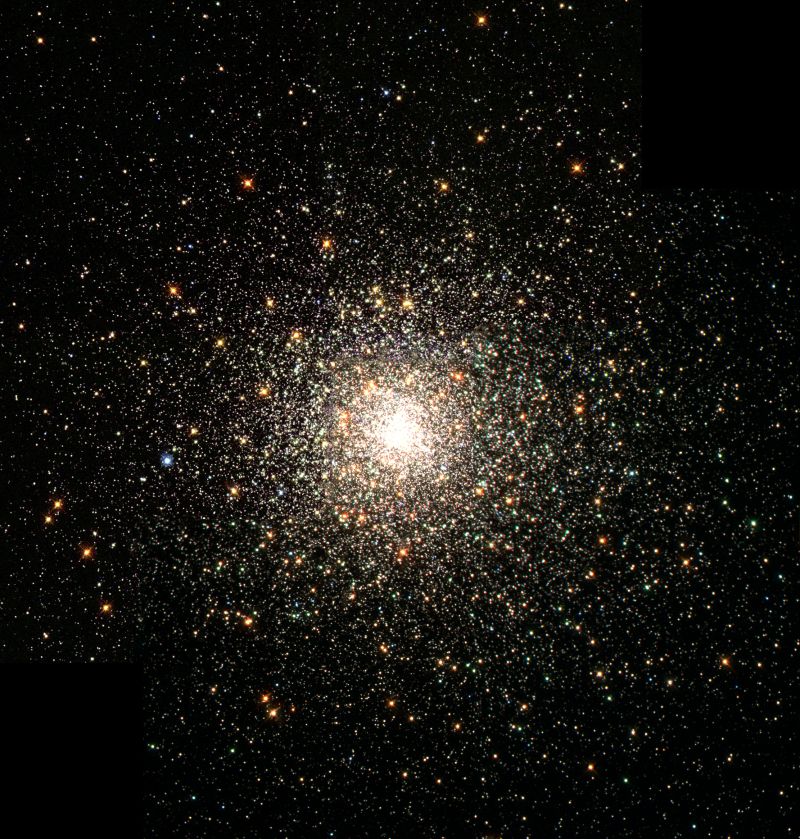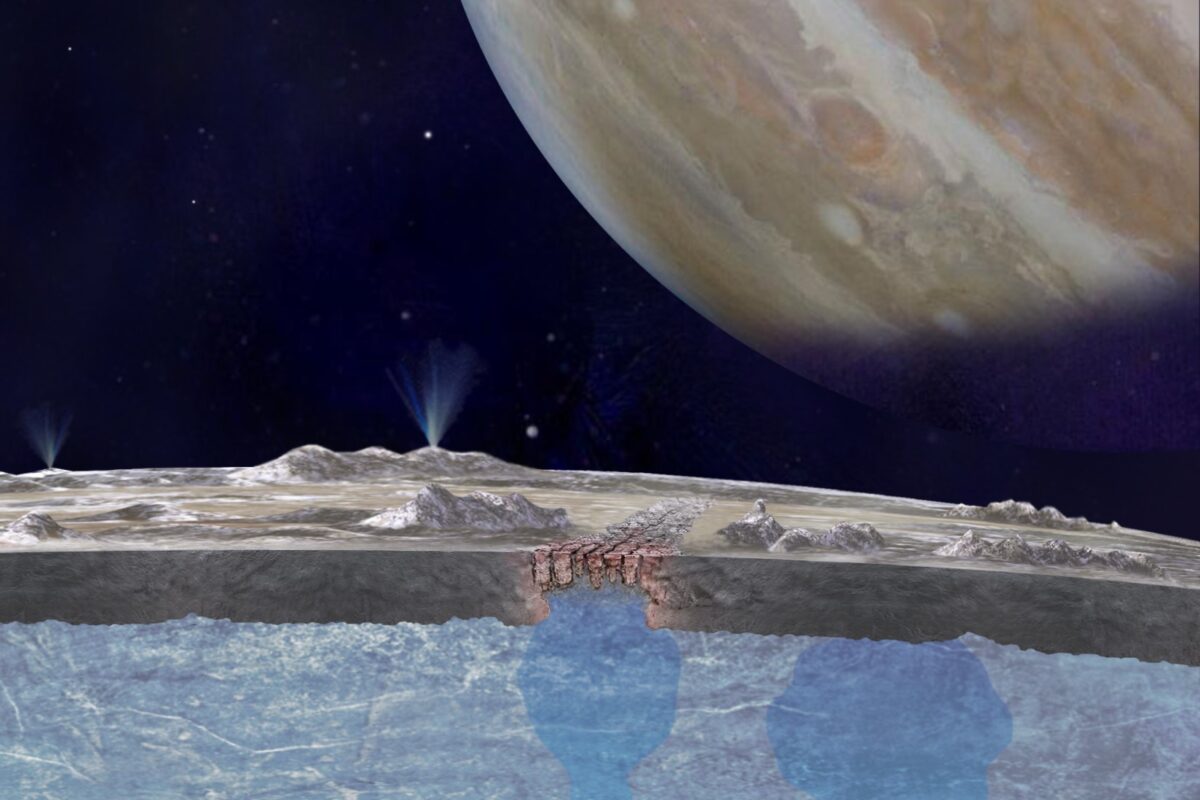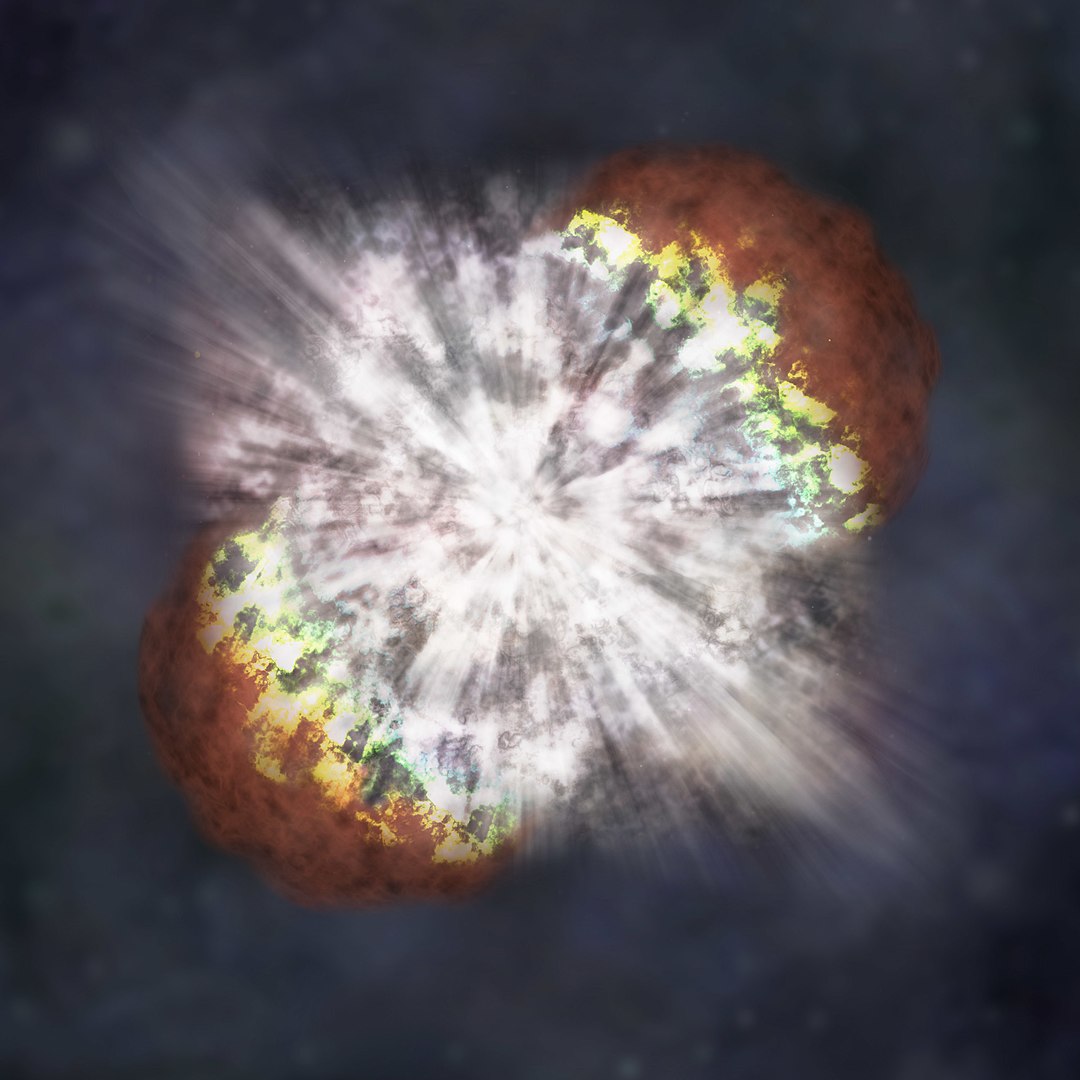Earth’s oceans are one huge, uniform electrolyte solution. They contain salt (sodium chloride) and other nutrients like magnesium, sulphate, and calcium. We can’t survive without electrolytes, and life on Earth might look very different without the oceans’ electrolyte content. It might even be non-existent.
On Earth, electrolytes are released into the oceans from rock by different processes like volcanism and hydrothermal activity.
Are these life-enabling nutrients available on water worlds?
Continue reading “Water Worlds Could Have Plumes of Nutrients Carried up From Down Below”








